Damp walls can be a persistent problem, leading to mold growth, structural damage, and health issues. In this comprehensive guide, we will explore the various techniques and products available to effectively waterproof damp walls. From identifying the root cause of the dampness to implementing long-lasting solutions, this article will equip you with the knowledge to tackle this issue head-on.
- Understanding the Causes of Dampness:
Before diving into the waterproofing process, it is crucial to identify the underlying causes of dampness. This section will discuss common culprits such as leaky pipes, poor ventilation, rising damp, and condensation. By addressing these causes, you can prevent future water infiltration and ensure a successful waterproofing solution. - Assessing the Severity of Dampness:
Not all damp walls are created equal. This section will guide you through the process of assessing the severity of dampness in order to determine the appropriate waterproofing method. We will explore techniques such as moisture meters, visual inspections, and professional assessments to accurately gauge the extent of the problem. - Choosing the Right Waterproofing Method:
With a plethora of waterproofing methods available, it is essential to select the most suitable one for your specific situation. This section will delve into popular techniques like cementitious tanking, cavity drainage systems, and waterproof coatings. We will discuss their pros, cons, and application methods, enabling you to make an informed decision. - Step-by-Step Waterproofing Process:
Now that you have identified the cause, assessed the severity, and chosen the method, it's time to get your hands dirty. This section will provide a detailed step-by-step guide on how to waterproof a damp wall. From preparing the surface to applying the waterproofing materials, we will leave no stone unturned. Additionally, we will highlight essential safety precautions and best practices to ensure a successful outcome. - Maintenance and Long-Term Solutions:
Waterproofing is not a one-time fix; it requires regular maintenance and proactive measures to prevent future dampness. This section will outline effective strategies for maintaining waterproofed walls, including proper ventilation, regular inspections, and prompt repairs. By implementing these long-term solutions, you can safeguard your walls against future water damage.
Conclusion:
In conclusion, waterproofing a damp wall is a complex process that demands a thorough understanding of the causes, assessment techniques, and appropriate waterproofing methods. By following the steps outlined in this guide and adopting proactive maintenance practices, you can effectively protect your walls from dampness, ensuring a safe and healthy living environment.
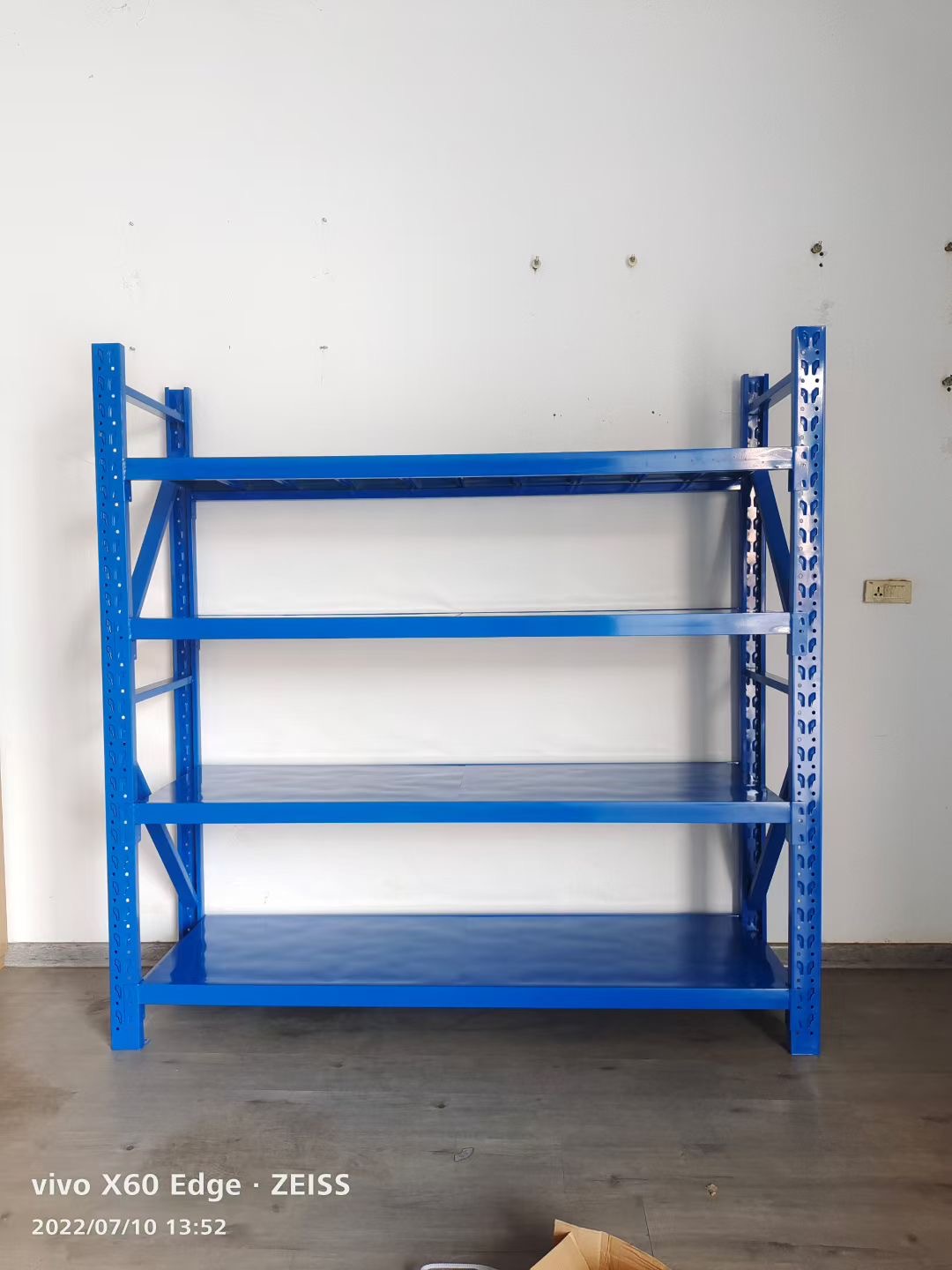
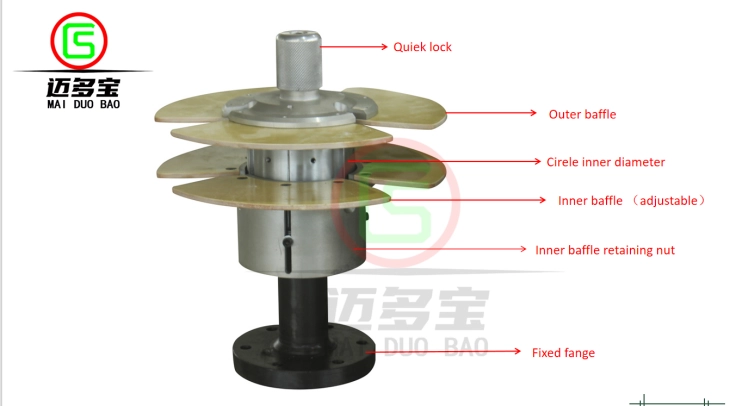

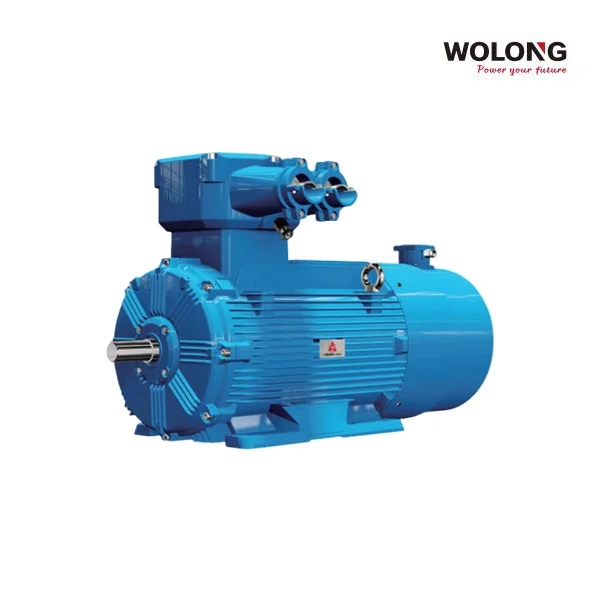


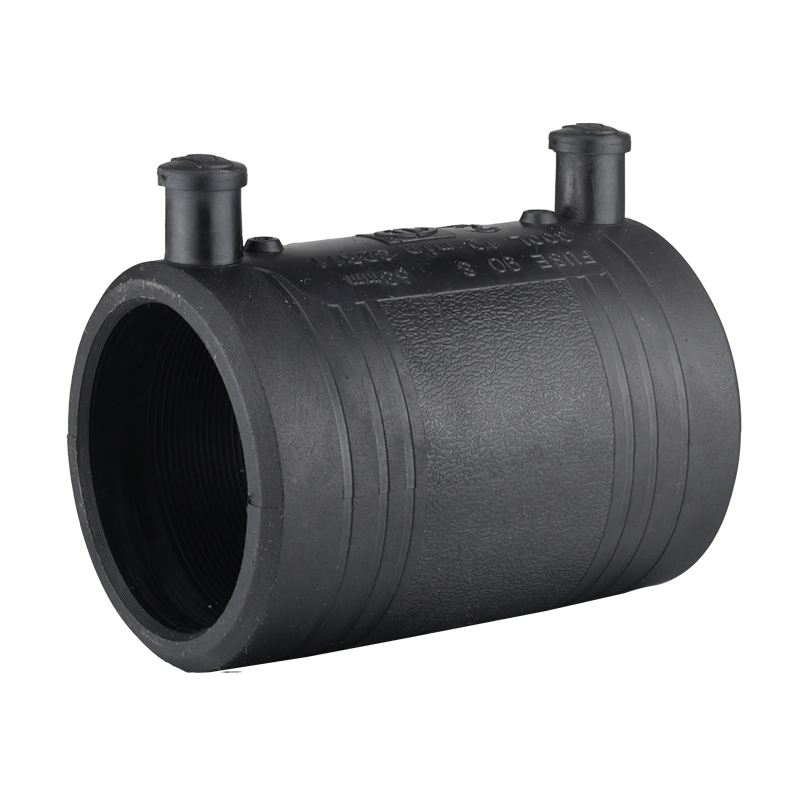

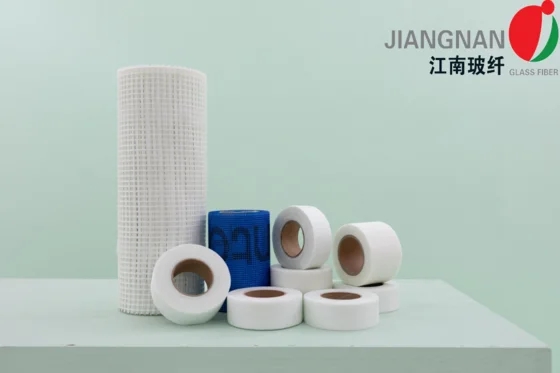
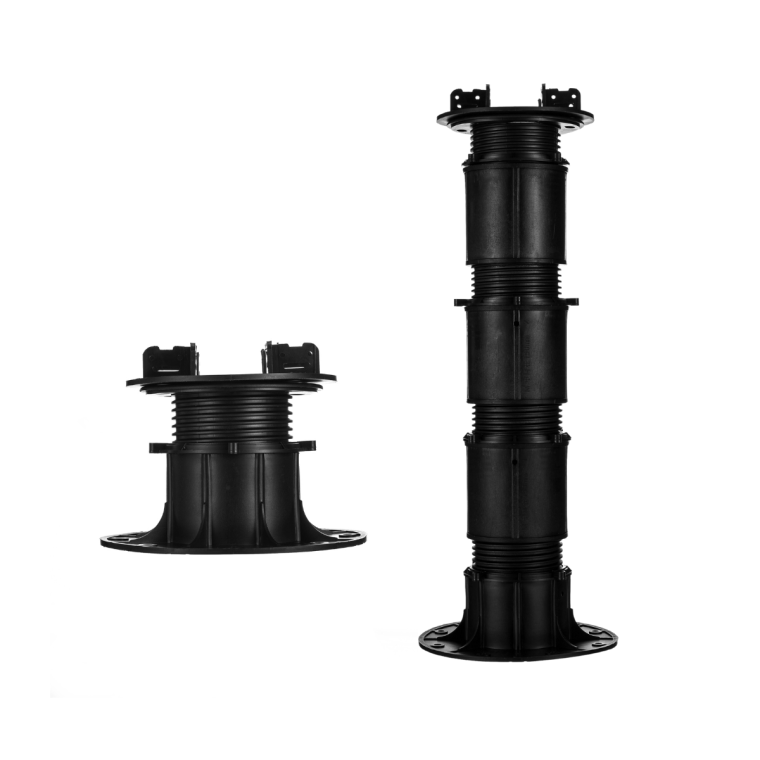

+ There are no comments
Add yours